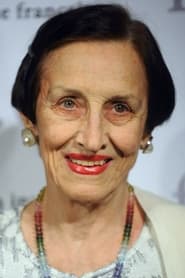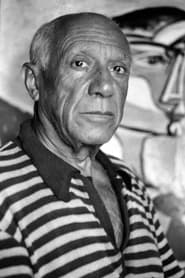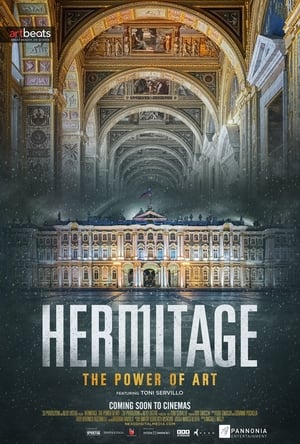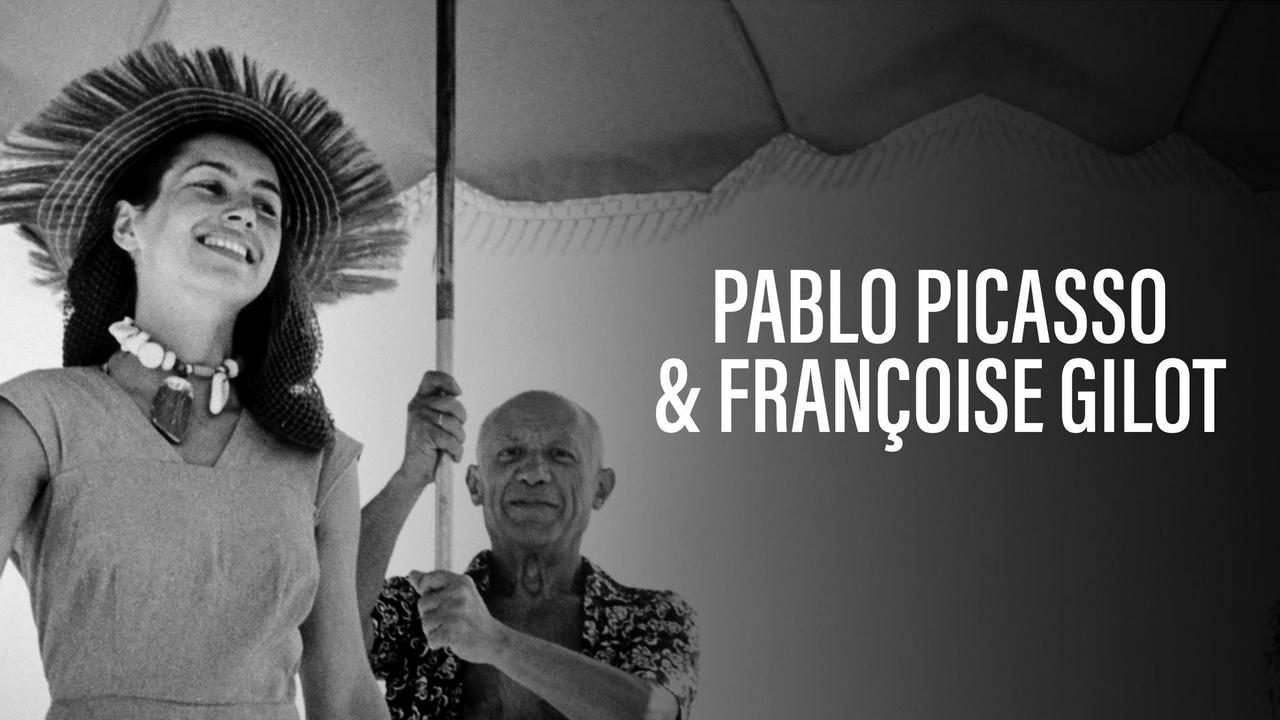
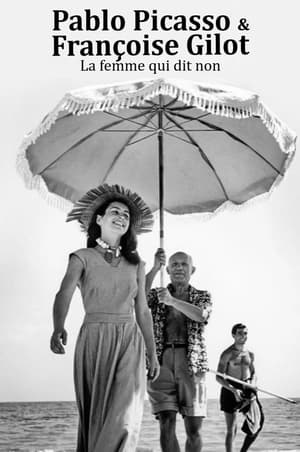
Pablo Picasso et Françoise Gilot : la femme qui dit non(2020)
Painter Françoise Gilot shared Pablo Picasso's life from 1943 to 1953. This union nourished their respective artistic creations.

Movie: Pablo Picasso et Françoise Gilot : la femme qui dit non

Pablo Picasso et Françoise Gilot : la femme qui dit non
HomePage
Overview
Painter Françoise Gilot shared Pablo Picasso's life from 1943 to 1953. This union nourished their respective artistic creations.
Release Date
2020-06-06
Average
5.8
Rating:
2.9 startsTagline
Genres
Languages:
FrançaisKeywords
Recommendations Movies
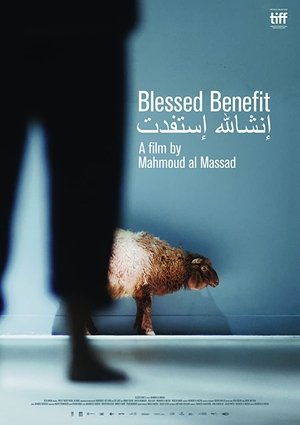 5.9
5.9Blessed Benefit(ar)
Imprisoned on an unfair charge of fraud, a mild-mannered Jordanian contractor discovers that prison has its own rhythms, rules, and economies — and he soon begins to carve out a position for himself in this place where fraud isn’t a crime so much as a way of life.
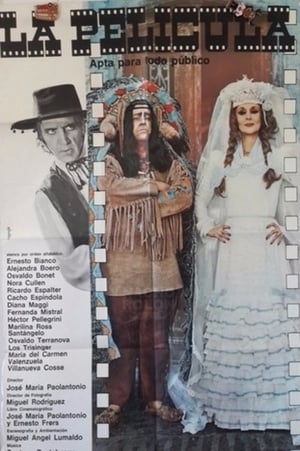 8.0
8.0La película(es)
A photographer shoots a documentary film in a small town in Argentina (Uribelarrea) about the filming that a foreign producer is doing on the spot.
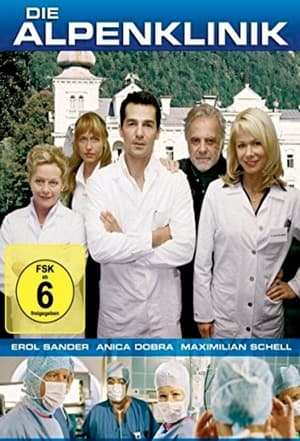 3.0
3.0Die Alpenklinik(de)
After an alleged malpractice that led to the death of his brother, heart surgeon Daniel Guth took the consequences: he gave up his beloved job and retreated into the solitude of nature. At his place of refuge, the Salzburg mountains, the heiress to a private clinic is desperately looking for a capable chief physician. Daniel declines the post, although he finds the woman attractive. When a boy is seriously injured in a bus accident, he is confronted with his trauma again.
 5.3
5.3Miss Pots(nl)
A new teacher in class always takes some getting used to, but Miss Pots beats it all. Kaya and Simon can't get along with her so they decide not to rest until they have gotten rid of Pots...
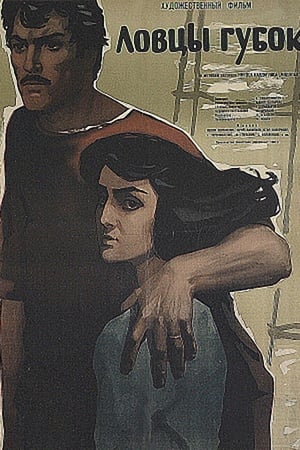 5.8
5.8Sponge Catchers(ru)
The young man Nikolos is forced to engage in the fishing of sea sponges in order to get the hand of the beautiful Lenio. This work makes him a cripple, and marriage to his beloved does not bring happiness.
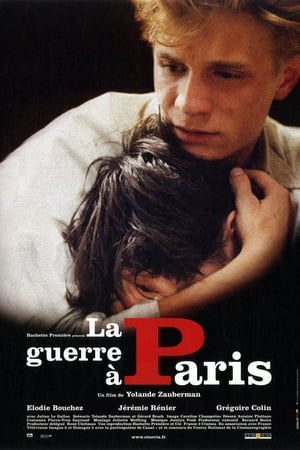 3.8
3.8The War in Paris(fr)
In Paris, in 1943, Jules, a 19-year-old Jew, lived without an ideal, tossed about by circumstances. He becomes in turn a traitor then a hero. Thomas, his fifteen-year-old brother, wants to act and fight in resistance.
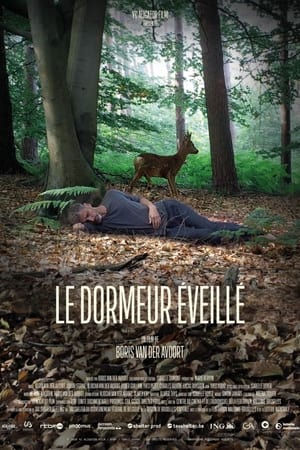 8.0
8.0The Wakeful Sleeper(fr)
B., a film-maker and insomniac, decides to rescue his hours of insomnia from the void by filming his quest for sleep. The insomniac asks questions about these different states of consciousness and about the difficulties humans have in synchronising their social rhythms and biological ones.
Aphelion Point(en)
A damaged ship floats through deep space, pulled towards a giant glowing sun. As the malevolent star draws ever closer, it begins to exert a terrifying influence upon the remaining crew members.
 5.0
5.0God's Soldier(en)
A hard-as-nails nun must take on a rogue agent to protect a child in her care who harbours a special gift. When she is left for dead and her chapel is destroyed, she is given a second chance at life, fighting back in a brutal pursuit for revenge, doing everything in her power to save the chosen girl from a fate worse than death.
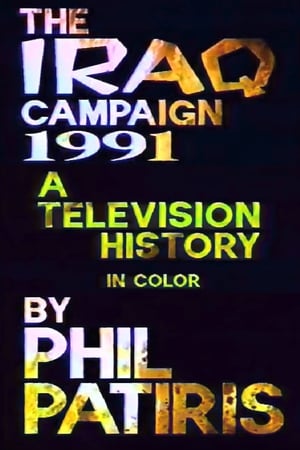 9.0
9.0The Iraq Campaign 1991: A Television History(en)
This 20 minute political remix film entitled "Iraq Campaign 91" was created in 1991. Phil Patiris transformed network news footage, clips from Star Trek, and sports coverage to critique the media/industrial complex and the 1st Gulf War.
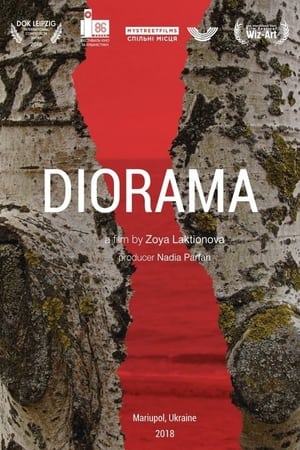 4.0
4.0Diorama(uk)
Life flows in its everyday reality, but then suddenly something elusive changes its course. All that is left is the chance to plunge into memories where everything is preserved, as if in a museum.
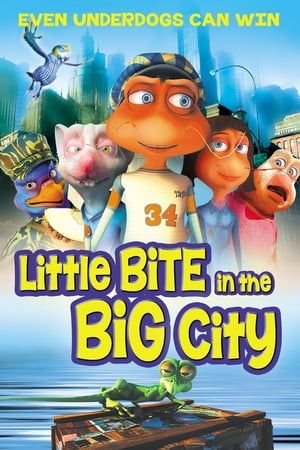 2.7
2.7Little Bite in the Big City(ru)
Bite, a cockroach who lives in a computer processor, must prove himself and survive the ongoing battle between predator-like street pigeons and beetles to win over the girl of his dreams.
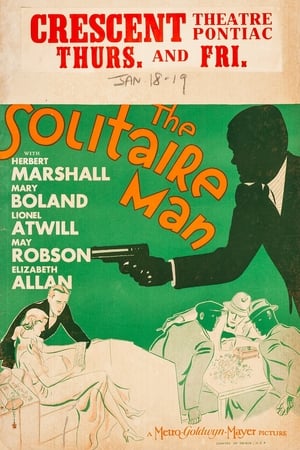 6.5
6.5The Solitaire Man(en)
An almost-retired jewel thief plans to marry Helen, his partner in crime. Their plans are shattered when Bascom, a gang member, arrives with a stolen necklace, putting their whole gang at risk.
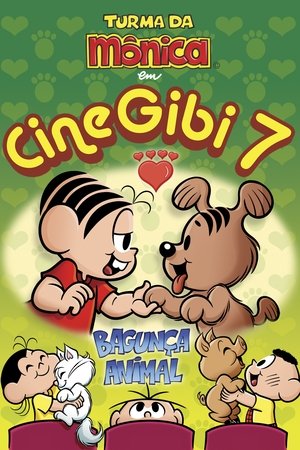 7.0
7.0Cine Gibi 7: Bagunça Animal(pt)
Trying to escape his bath, Monicão ends up hiding in the movie theater. Mônica can't find her pet in the dark, so she asks Franjinha to play some short films that might lure the dog out of hiding.
 3.3
3.3Cold Hard Cash(en)
Watch what happens when two beautiful bad girls with no option are put in a desperate situation.
Similar Movies
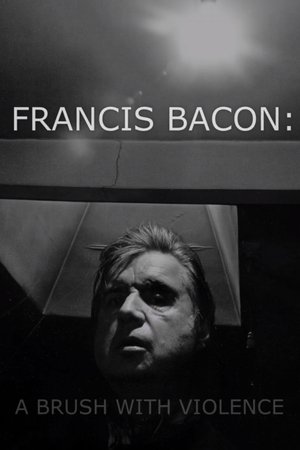 7.1
7.1Francis Bacon: A Brush with Violence(en)
In this unique, compelling film, those who knew him speak freely, some for the first time, to reveal the many mysteries of Francis Bacon.
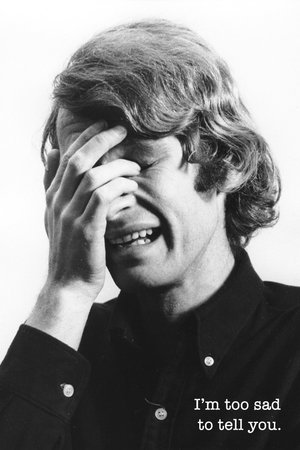 6.0
6.0I'm Too Sad to Tell You(en)
This short film is part of a mixed media artwork of the same name, which also included postcards of Ader crying, sent to friends of his, with the title of the work as a caption. The film was initially ten minutes long, and included Ader rubbing his eyes to produce the tears, but was cut down to three and a half minutes. This shorter version captures Ader at his most anguished. His face is framed closely. There is no introduction or conclusion, no reason given and no relief from the anguish that is presented.
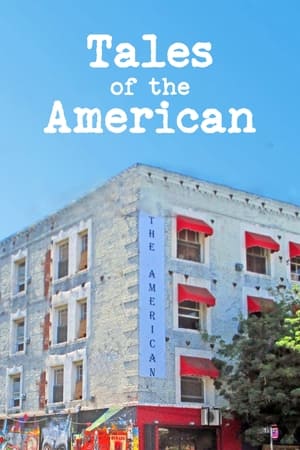 4.0
4.0Tales of the American(en)
Seemayer Studios presents a new documentary about the American Hotel in downtown Los Angeles and the Arts District that surrounds it. Since 1979, the American Hotel has been the beating heart of a rich community of artists who began moving into the deserted factory buildings between Alameda and the Los Angeles River.
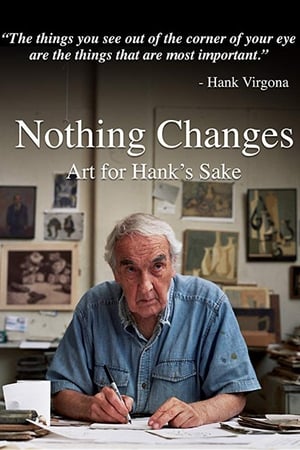 0.0
0.0Nothing Changes: Art for Hank's Sake(en)
How far would you go to pursue your passion? At 87 years old, Hank Virgona commutes to his Union Square studio six days a week and makes art. Despite poor health, cancer, lack of revenue and obscurity as an artist, Hank is unrelenting in his quest to understand how life and art are the same.
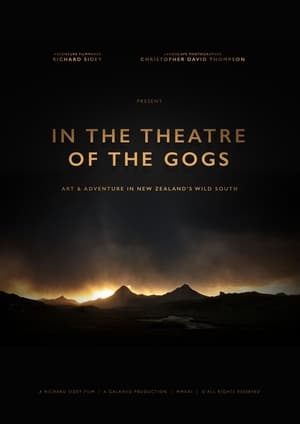 0.0
0.0In the Theatre of the Gogs(en)
A contemplation of art and adventure in the southern wilds of New Zealand by both a landscape photographer and an adventure filmmaker. This film is the unexpected result of their two unique perspectives.
 8.0
8.0Haida Gwaii: Restoring the Balance(en)
The conflict over forestry operations on Lyell Island in 1985 was a major milestone in the history of the re-emergence of the Haida Nation. It was a turning point for the Haida and management of their natural resources.
Kenneth: Ron Padgett(en)
Ron Padgett (1942- ) is a poet and editor whose artistic career took off during his teenaged years in Tulsa, Oklahoma. There, along with Joe Brainard and Dick Gallup, he produced The White Dove Review, an art and culture magazine. Both Padgett and Brainard serendipitously moved together to New York City, where Padgett studied at Columbia University under the tutelage of Kenneth Koch and interacted with various Beat poets. He has taught poetry at various schools in the City, edited volumes such as the Full Court Press and Teachers & Writers Magazine and written volumes of poetry including 2013’s Collected Poems which won the Los Angeles Times Book Prize. He also wrote “memoirs” of both Brainard and fellow Tulsan Ted Berrigan.
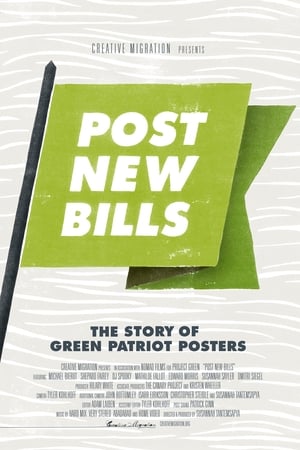 0.0
0.0Post New Bills: The Story of Green Patriot Posters(en)
A short documentary illustrating how art can influence public perception towards environmental issues. Green Patriot Posters is a highly acclaimed multimedia design campaign that challenges artists to deepen public understanding and ignite collective action in the fight against climate change. So far, it has reached five million people through print media, public space and digital culture. The film features interviews with key Green Patriot Posters contributors (Shepard Fairey, Michael Bierut, DJ Spooky, Mathilde Fallot) and its founders (The Canary Project, Dmitri Siegel).
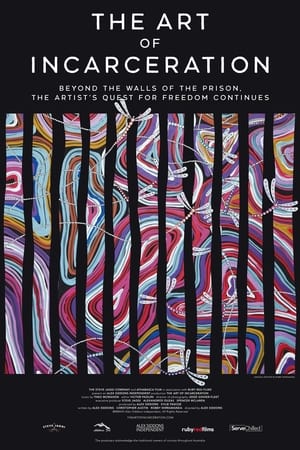 0.0
0.0The Art of Incarceration(en)
Narrated by Uncle Jack Charles and seen through the eyes of Indigenous prisoners at Victoria’s Fulham Correctional Centre, this documentary explores how art and culture can empower Australia's First Nations people to transcend their unjust cycles of imprisonment.
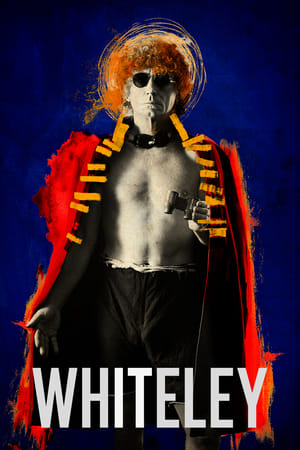 0.0
0.0Whiteley(en)
A visual journey into the life and legacy of one of Australia's most celebrated artists, Brett Whiteley.
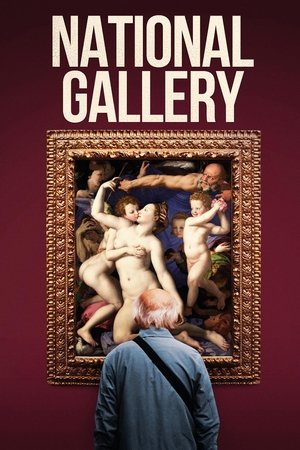 7.4
7.4National Gallery(en)
A portrait of the day-to-day operations of the National Gallery of London, that reveals the role of the employees and the experiences of the Gallery's visitors. The film portrays the role of the curators and conservators; the education, scientific, and conservation departments; and the audience of all kinds of people who come to experience it.
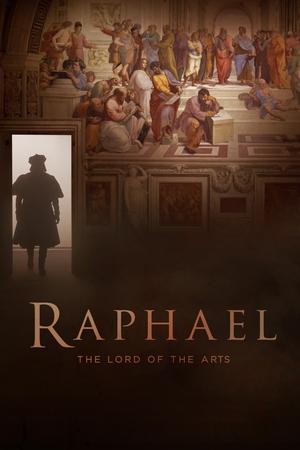 7.7
7.7Raphael: The Lord of the Arts(it)
Raphael: The Lord of the Arts is a documentary about the 15th century Italian Renaissance painter Raphael Sanzio.
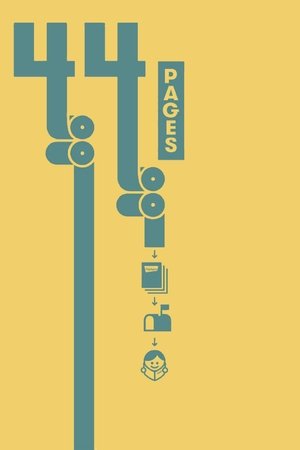 6.4
6.444 Pages(en)
A portrait of Highlights Magazine following the creation of the cultural phenomenon's 70th Anniversary issue, from the first editorial meeting to its arrival in homes, and introducing the quirky people who passionately produce the monthly publication for "the world's most important people,"...children. Along the way, a rich and tragic history is revealed, the state of childhood, technology, and education is explored, and the future of print media is questioned.
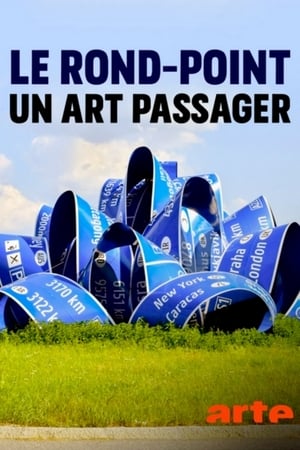 0.0
0.0Roundabout Art(de)
In Europe, road junctions have become public art galleries. A road trip across France, Switzerland, the Canary Islands, Greece and Germany exploring the glorious world of roundabout art.
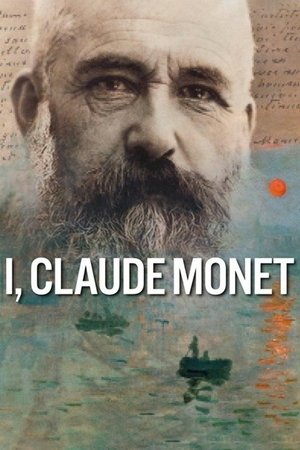 6.2
6.2I, Claude Monet(en)
From award-winning director Phil Grabsky comes this fresh new look at arguably the world’s favourite artist – through his own words. Using letters and other private writings I, Claude Monet reveals new insight into the man who not only painted the picture that gave birth to impressionism but who was perhaps the most influential and successful painter of the 19th and early 20th centuries. Despite this, and perhaps because of it, Monet’s life is a gripping tale about a man who, behind his sun-dazzled canvases, suffered from feelings of depression, loneliness, even suicide. Then, as his art developed and his love of gardening led to the glories of his garden at Giverney, his humour, insight and love of life is revealed. Shot on location in Paris, London, Normandy and Venice I, Claude Monet is a cinematic immersion into some of the most loved and iconic scenes in Western Art.
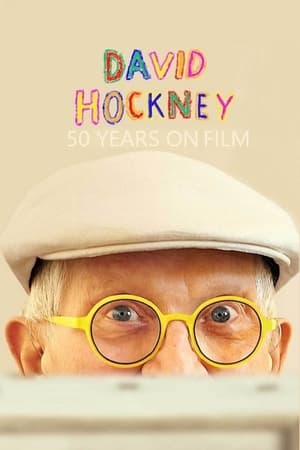 0.0
0.0David Hockney: 50 Years on Film(en)
Using over 50 years of archive footage, this film looks back at the life and career of David Hockney.
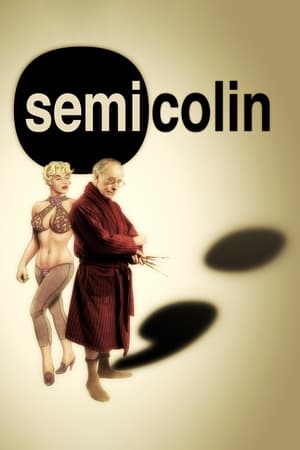 4.7
4.7Semi Colin(en)
Challenging all notions of genre, Semi Colin is a living, breathing art installation. Part performance, part art, part social comment, Colin philosophizes on his life's obsessive work as an erotic artist.
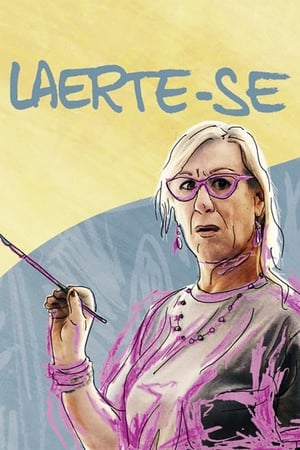 7.2
7.2Laerte-se(pt)
In this film, Laerte conjugates the body in the feminine, and scrutinizes concepts and prejudices. Not in search of an identity, but in search of un-identities. Laerte creates and sends creatures to face reality in the fictional world of comic strips as a vanguard of the self. And, on the streets, the one who becomes the fiction of a real character. Laerte, of all the bodies, and of none, complicates all binaries. In following Laerte, this documentary chooses to clothe the nudity beyond the skin we inhabit.
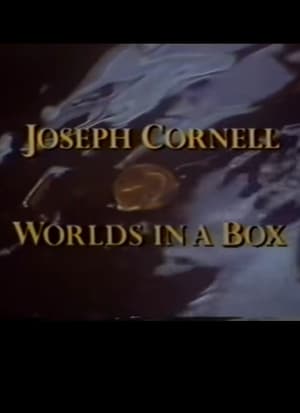 0.0
0.0Joseph Cornell: Worlds in a Box(en)
This is a 1991 documentary film about the legendary artist and filmmaker, Joseph Cornell, who made those magnificent and strange collage boxes. He was also one of our great experimental filmmakers and once apparently made Salvador Dali extremely jealous at a screening of his masterpiece, Rose Hobart. In this film we get to hear people like Susan Sontag, Stan Brakhage, and Tony Curtis talk about their friendships with the artist. It turns out that Curtis was quite a collector and he seemed to have a very deep understanding of what Cornell was doing in his work.
